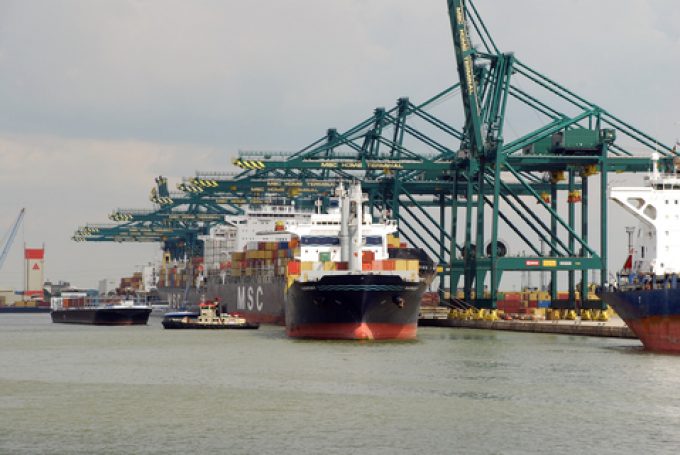Containership charter market feels the ripples from trade tensions
The charter market for containerships is diverging in response to the many pressures on supply ...

A strengthening demand scenario on the Asia-European trades appears to have caught carriers and forwarders by surprise, and tightening space has increased the chances of shipments moving under long-term contracts being rolled.
“My inbox started to blow up towards the end of last week, with customers having problems with their allocations,” one European forwarder told The Loadstar.
“The problem is that contract rates are well below spot rates and when that happens during busy periods, carriers will always prioritise the highest-paying cargo ...
Maersk Air Cargo sees volumes fall as it aims for 'margin in favour of revenue'
Keep our news independent, by supporting The Loadstar
Container spot rates diverge: to Europe still falling, but firmer to the US
Volume surge and an early peak season? 'Don't celebrate too soon,' warning
Hapag-Lloyd won't take bookings if port congestion leaves cargo stranded
Ecommerce likely the front-runner in resurge of transpacific trade after deal
China-US trade tariff pause could drive a rebound for transpacific rates
Airfreight players eye new routes as demand on the transpacific nosedives
Service chaos from trade ban with India a problem for Pakistan shippers
Airfreight rates ex-China 'loss-making', but hopes of a trade deal stay high
Serious threat to jobs in US logistics as tariffs cause economic 'stagflation'
Carriers impose 'emergency operation' surcharges on Pakistan cargo
White House u-turns see freighters flying but keep logistics players on their toes
15% rebate for box ships as Suez Canal Authority woos carriers
APMM floats along on 'solid' Q1 profitability in Ocean, well prepared for choppy water
MSC in terminal switch as Nhava Sheva gets strong start to new fiscal year


Comment on this article